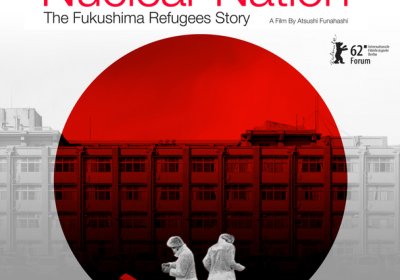As we witness the genocide in Gaza, and a world descending deeper into fascism and war, creative protest and coalition-building helps build a strong and sustainable peace movement, writes Alexander Brown.
Alexander Brown
Doreen Borrow, a communist, trade unionist and peace activist who gave her life to the struggle for peace and socialism, died on July 25, aged 98. Alexander Brown reports.
This year marks 80 years since the United States dropped two atomic bombs on Japan, killing between 150,000 and 246,000 people and devastating two cities. Alexander Brown documents the history of the strong regional anti-war movement in the Illawarra.
Scott Morrison's naming of Port Kembla as one of three locations being considered for the new submarine base prompted activists in Wollongong to spring into action. Alexander Brown reports.
Alexander Brown, Melanie Barnes and Nick Southall write about John Rainford's contributions to communist, labour and social movements.
Future Fund CEO Mark Burgess was met by protesters when he spoke in Sydney on August 20. Members of Uranium Free NSW dressed as nuclear missiles to highlight the fund's investment in nuclear weapons manufacturing.
- Page 1
- Next page











